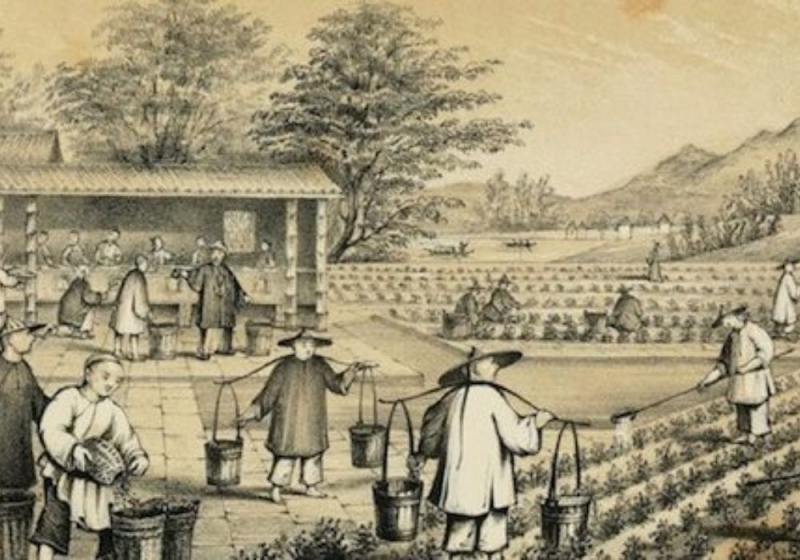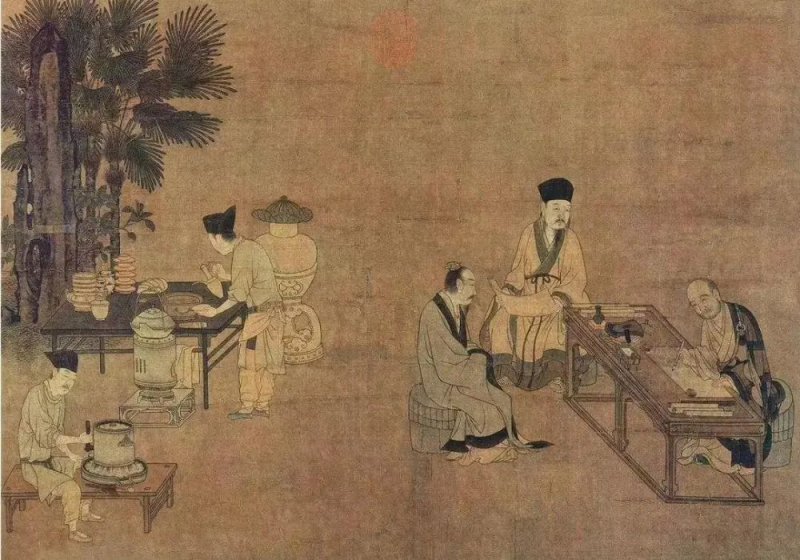Tea Production
The Chinese monarch Shennong discovered tea in prehistoric China in 2737 BC. Shennong preferred hot water to cold. He and his army paused to rest one day while on a march, and his servant had some boiling water ready for him. When a brown leaf dropped into the water, the color of the water changed. The monarch accepted it from the servant and found it to be reviving.
Tea was utilized as medicine during the Han dynasty and as a social beverage beginning in the Tang period (618–907 AD). Ancient Chinese tea preparation differed from modern Chinese tea preparation. Tea leaves were pounded into a cake after processing.
In a stone mortar, the dried teacake known as brick tea was ground. The teacake powder was afterwards cooked in a kettle or mixed with hot water. Then a hot beverage was provided. During the Tang dynasty, white tea (compressed tea) was created. It was picked in the early spring when the tea leaves were still silver needles.










